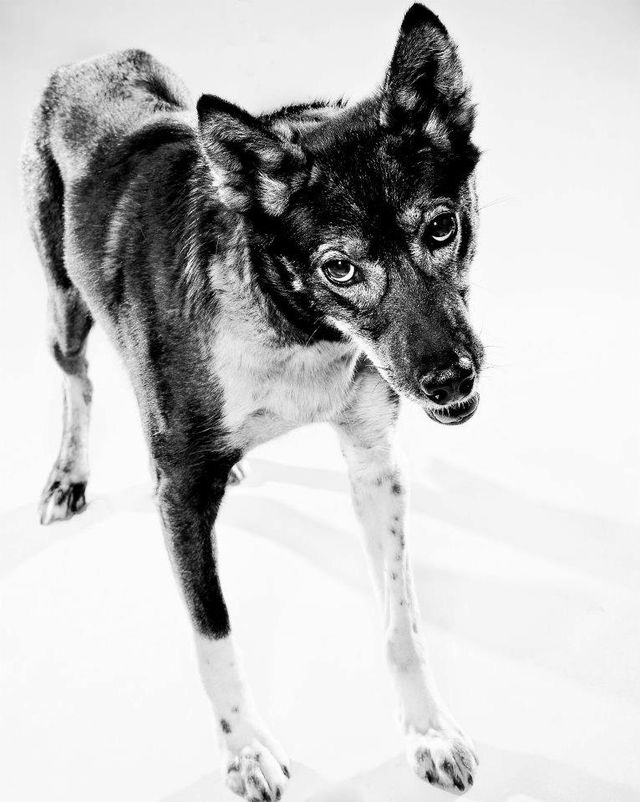
When Albert Lewis saw the faces of the dogs waiting to start the in Anchorage, Alaska, his thoughts about the sport of dogsledding shifted. “I was a pessimist about the race, about the treatment of dogs, about the sport as a whole,” says Lewis. “This all changed as I witnessed the start.”
The dogs, which lined up in teams of up to 16, were about to run 975 miles through freezing temperatures, across two mountain ranges, for anywhere from eight to more than 20 days. “These dogs were comfortable in the 10 degree weather,” he says. “Their breeding and physical make-up allowed them to ignore the cold that was biting at my toes and fingers.”
Lewis has photographed campaigns for everyone from , but at that moment he decided on his next personal project. “I was going to make a book to share and display their beauty and their happiness,” he says.
Since then, he's driven more than 4,800 miles to 30 kennels to photograph 300 dogs. Currently, he's raising money through to help finish the book, . I emailed him to find out a bit more about the project.
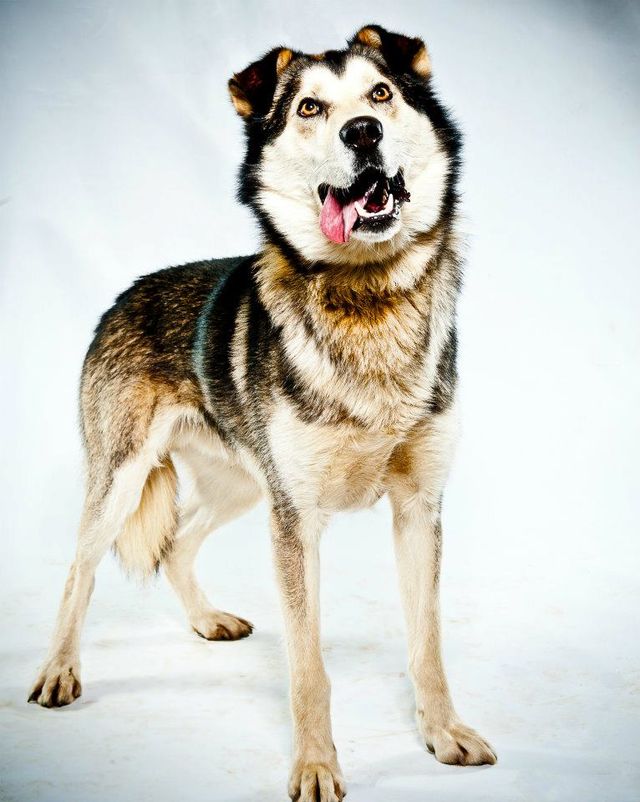
You've chosen to shoot portraits of the dogs and, sometimes, their owners. Why?
Action shots are way too common for my creativity. If it has already been done, I’m going to go the other direction. That’s my style—my creative training from career stops as a creative director and art director at Neiman Marcus, Nordstrom, , and several others. Be different and make an impact; don’t settle for the common solution. Action has been done; glamorizing them with a fashion slant has not. I love that you can take an extreme athlete, stage them in an environment that is not expected, and showcase a new way of looking at them—as beautiful animals and athletes.
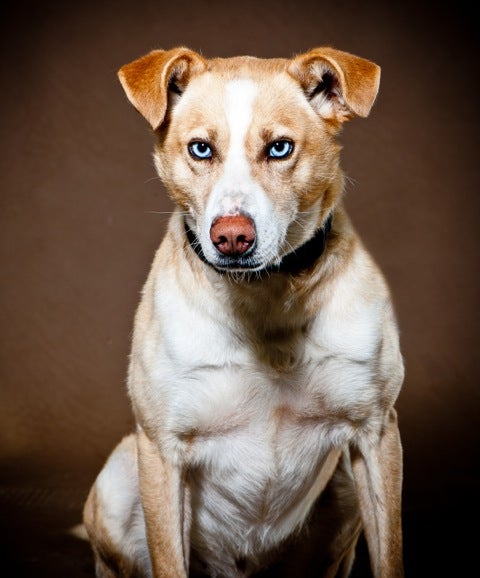
Do you have a favorite shot?
There’s no true favorite per se, but I do keep going back to this image of a real rock star of a dog, properly named Fudge. He’s from 's kennel. The picture displays the beauty, the fitness, and the fierce drive these animals have. If I were lined up next to a competitor with a look like Fudge, I would probably give up before the race started.
What's been the toughest shot you've taken so far?
There’s no one toughest shot, but getting to the kennels has been a journey. Some of these kennels are located in the middle of nowhere. I have gotten lost for one-and-a-half hours trying to reach one kennel, driven over a glacier to reach another, and filled my wheels with pretty sticky mud on several trips. Once I reach the dogs, I am flying so high, and love shooting them so much, that I can be as patient or calm as need be to get the right shot.��
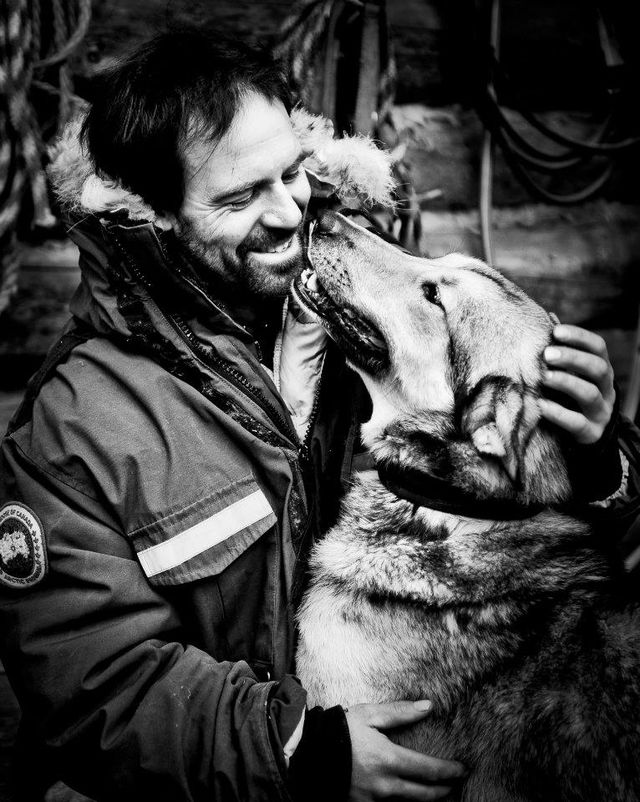
Will the book be driven entirely by the photographs? Or will there be more text?
has written the forward. I wanted him to try to give voice to what these athletes do. Otherwise, the book is photo intensive. Only a short tagline about the dog will offset the large full-page image of the dog. There are also, in the back of the book, portraits of the mushers and short taglines on them. I want the book to be about the images of the dogs, not a story or a novel. That has been done, several times.
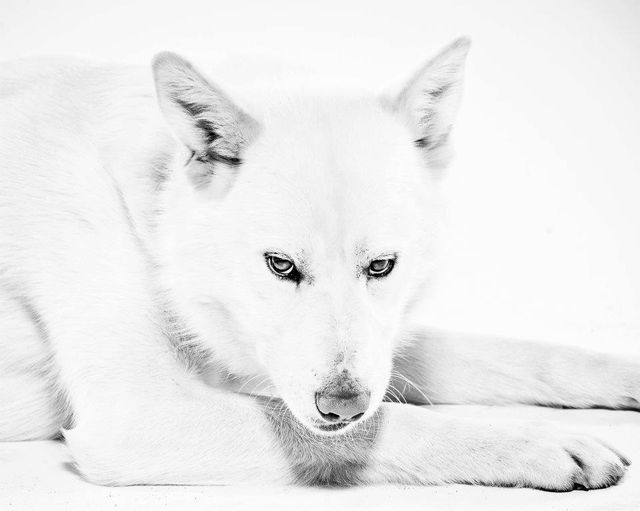
What do you hope the end result of this book will be?
I want to bring awareness and shed a positive light on the sport of dog sled racing, the people who run these dogs, and of course these amazing, talented, beautiful, and happy animals.
For more on Born to Run: Athletes of the Iditarod, check out .
—Joe Spring